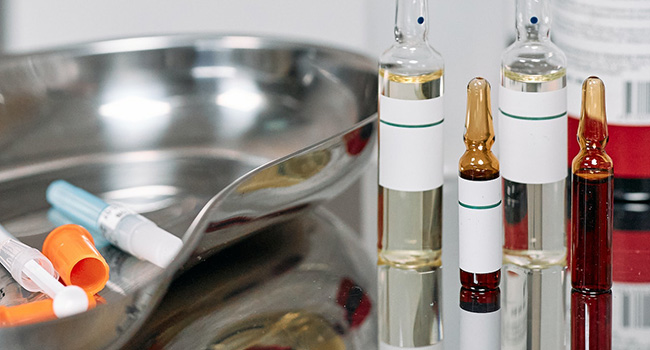
Active lupus nephritis (ALN) is a severe manifestation of systemic lupus erythematosus (SLE) that affects the kidneys. In this condition, the body's immune system mistakenly attacks healthy kidney tissues, leading to inflammation and potential kidney damage.
ALN can cause symptoms like swelling, high blood pressure, and changes in urine output. Prompt diagnosis and treatment are crucial to prevent further kidney impairment and preserve kidney function. Immunosuppressive medications, such as corticosteroids and immunosuppressants, are commonly used to manage ALN and reduce inflammation. Close monitoring and regular follow-up with healthcare providers are essential to manage the condition effectively.
Hydroxychloroquine
Hydroxychloroquine (HCQ) is a drug commonly used to treat various manifestations of systemic lupus erythematosus (SLE), such as skin, joint, and constitutional symptoms. A clinical trial focused on evaluating the effectiveness and side effects of HCQ in children with proliferative lupus nephritis (LN), a severe kidney complication of SLE.
Clinical Trial
The
trial was a double-blind, randomized, and placebo-controlled trial involving 60 children diagnosed with proliferative LN, specifically classes III and IV, already on a treatment plan consisting of steroids and mycophenolate (MMF). The participants were divided into the HCQ group (n = 30) and the placebo group (n = 30). During the 12-month study period, the children's health was assessed at 6 and 12 months, including examinations of the skin and eyes and laboratory tests to measure kidney function and disease activity. The systemic lupus erythematosus disease activity index (SLEDAI-2 k) was used to gauge disease activity.
Results
After 12 months of treatment, the HCQ group showed significant improvements in various parameters compared to the placebo group. Specifically, triglycerides (TG), cholesterol levels, 24-hour proteinuria (protein in urine), and SLEDAI scores were significantly reduced in the HCQ group. Moreover, the cumulative probability of achieving primary endpoints (partial and complete remission of LN) after 12 months was higher in the HCQ group compared to the placebo group. This suggests that HCQ contributed to better disease control and LN remission in these children.
In terms of side effects, a few cases in the HCQ group experienced mild adverse effects, such as mucocutaneous alopecia (hair loss), skin hyperpigmentation (darkening of the skin), and mild retinal changes (eye alterations). However, these side effects were not significantly different from those observed in the placebo group.
Conclusion
HCQ effectively improved disease activity and kidney function in children with proliferative LN. It contributed to better outcomes and a higher LN remission rate than the placebo group. Although some children experienced mild side effects, HCQ was generally well tolerated. These findings suggest that HCQ can be a valuable treatment option for children with proliferative LN associated with SLE, offering hope for improved quality of life and disease management in this vulnerable population. However, further research and long-term studies are needed to confirm these results and assess the safety and efficacy of HCQ in a larger cohort of pediatric patients with LN.
________

